Let’s start this article with a question. Why would anyone in this day and age want to buy a medium format camera? There are two answers to this – price and quality. The fact is that these days you can buy into a medium format system for around the same price of a mid level DSLR. Once the expensive preserve of the professional photographer, the secondhand camera market is inundated with a bewildering choice of makes and models. As for quality, even in this day of 36mp cameras, a medium format negative or transparency will more than hold its own Indeed if shot and composed well, it will well surpass any DSLR. With that said, shooting on medium format is not for the faint hearted, it will teach you patience, technique and the value of a photograph.
What is Medium Format?
Medium format cameras are designed to use 120 or 220 roll films. Both 120 and 220 films have a width of 60mm, both are wound around a spindle and have a backing paper. As they are not sealed inside cassettes, medium format films require somewhat more care when loading and rewinding. Unlike 35mm cameras, medium format cameras can come with different aspect ratios most commonly 6 x 4.5cm or 645, 6 x 6cm also known, for obvious reasons as square format, 6 x 7cm and 6 x 9 cm. There are also panoramic cameras that can shoot 6 x 17 cm.
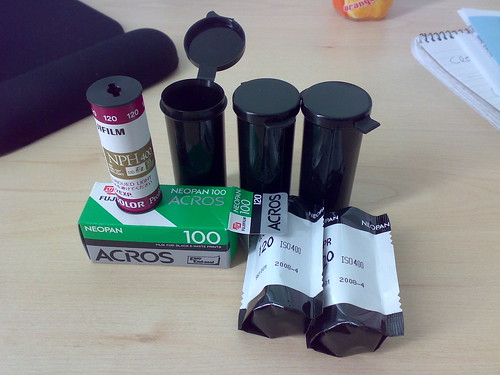
120 Roll Film by atomicjeep, on Flickr
Medium Format Cameras
The medium format cameras themselves can come in a range of different systems. For the budget minded or those the worried about weight, the entry level would be the 645 camera. The most common 645 systems were manufactured by Bronica and Mamiya and looked much like an oversized SLR. Even as a base system, you will find 645 cameras share a lot of features with their bigger siblings, these include interchangeable lenses, focus screens, motor drives and the possibility of using multiple backs each holding a different film type or for quick film changes.
Some cameras can also accept a polaroid back, which in the days before digital was nearest you could get to an instant image review. 645 cameras would shoot 15 images on 120 film and 30 on 220.

Mamiya 645 1000s + Sekor C 80/1.9 + Sekor C 45/2.8 by OverdeaR [donkey's talking monkey's nodding], on Flickr
The next step up was the square 6 x 6cm format. Here there were a couple of different types of camera. The SLR style similar to the 645 format and TLR or twin lens reflex camera. The TLR was for a long time the weapon of choice for wedding photographers and basically consisted of the main lower lens for shooting and an upper lens with waist level viewfinder for composition. They can be quite cumbersome to use, especially as the view in the finder is actually reversed, due to not having a pentaprism.
Again Mamiya and Bronica were big players in the square format market but perhaps the mark to aspire to was the Hassleblad system. Their legendary 500C was manufactured for over 40 years, right up until 2008. It was used by some of the best known photographers in the world and had a reputation for superb quality along with reliability. These days you can pick up a secondhand “Blad” off eBay, with lens, back and finder for $500-750.
Hasselblad 500C/M + CF Makro-Planar 4/120 T* + PM 5 by darksida, on Flickr
The 6 x7 format was also a favourite of the professional as it’s format fitted perfectly the ratio of an 8 x10” print. Perhaps the most well known of the 6×7 cameras is the Ashai Pentax 67. This camera looks and handles like a very oversized SLR weighing in at over 5 lbs, 2.3 Kgs. Bronica also made an excellent 67 system, the GS series which could handle backs for 645, Square and 67 as well as polaroid.
The Ashai Pentax 67 by JelleS, on Flickr
The 69 format was a favourite of landscape photographers due to its wide aspect ratio and in terms of size and quality it was very close to 5×4 inch large format. The Fuji Gw690 series were perhaps the best known 69 cameras and featured interchangeable backs but fixed lenses.
Some things to consider when buying a medium format camera include the weight, these things are heavy and often cumbersome. You will often also need to carry a tripod as hand holding can be a tricky proposition. Do you have access to film and film processing, you may be able to process black and white at home but transparency film is notoriously difficult to do yourself and it’s becoming difficult to find labs to do it for you.
If you can surmount these problems, and really want to work with a medium format, there is no better time to be buying either one of the cameras mentioned above or any of the other multitude of great 120 cameras available. Once you learn how to handle the camera, you will be truly amazed at the quality of the results that you can achieve.
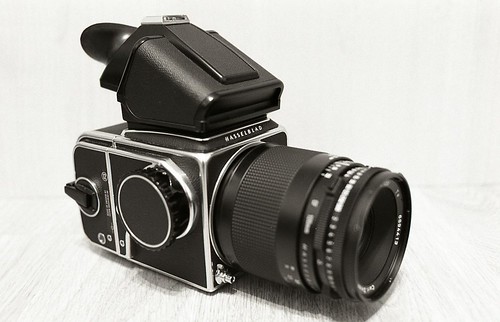


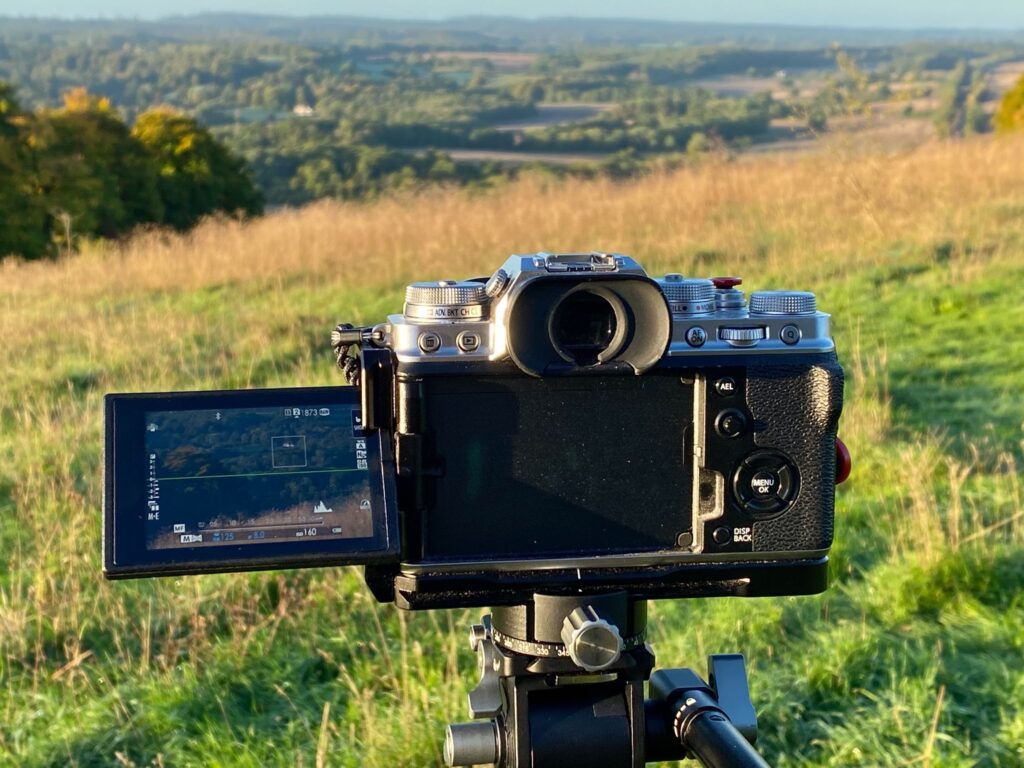
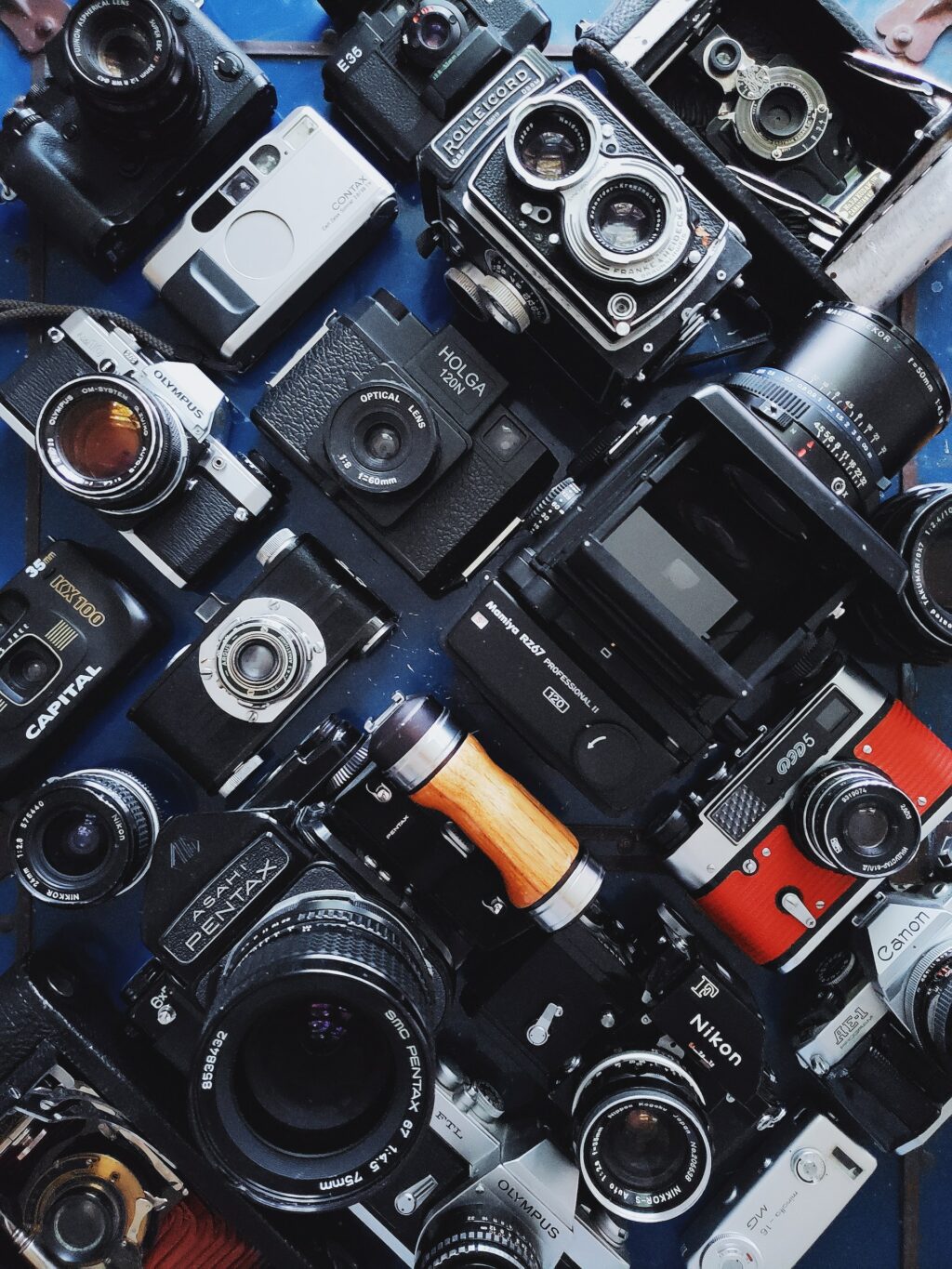
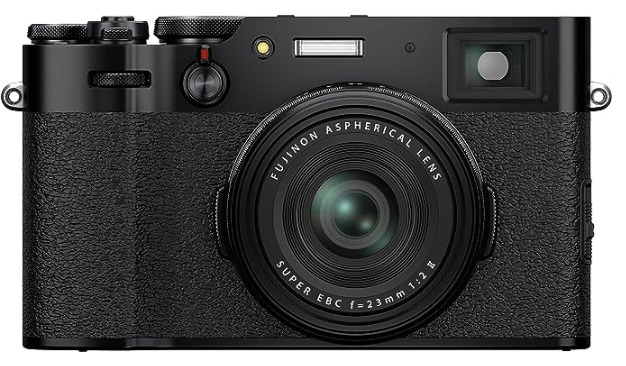
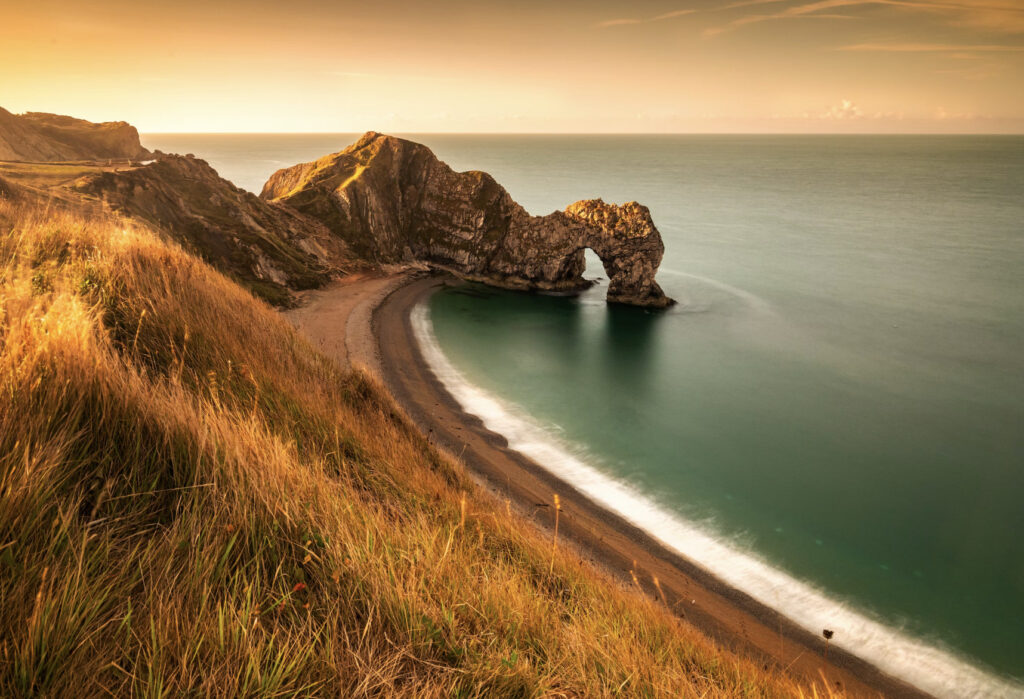
3 Comments
Yashicamat is a great camera. Alternatively a Rollieflex. However, if you’re going medium format it’s got to be a ‘blad. Having used most MF cameras it’s the Hassleblad I’d choose, ergonomics, lenses are all wonderful.
Yashicamat is a good entry to medium format. Great quality with an entry level price.
Also a good camera is the Pentax 645’s. Very cheap now with excellent lenses.
I loved your article on medium format cameras. I used a Blad 500c for years in my studio. I still have it. Perhaps I should use it again. Best format ever, and best lenses.